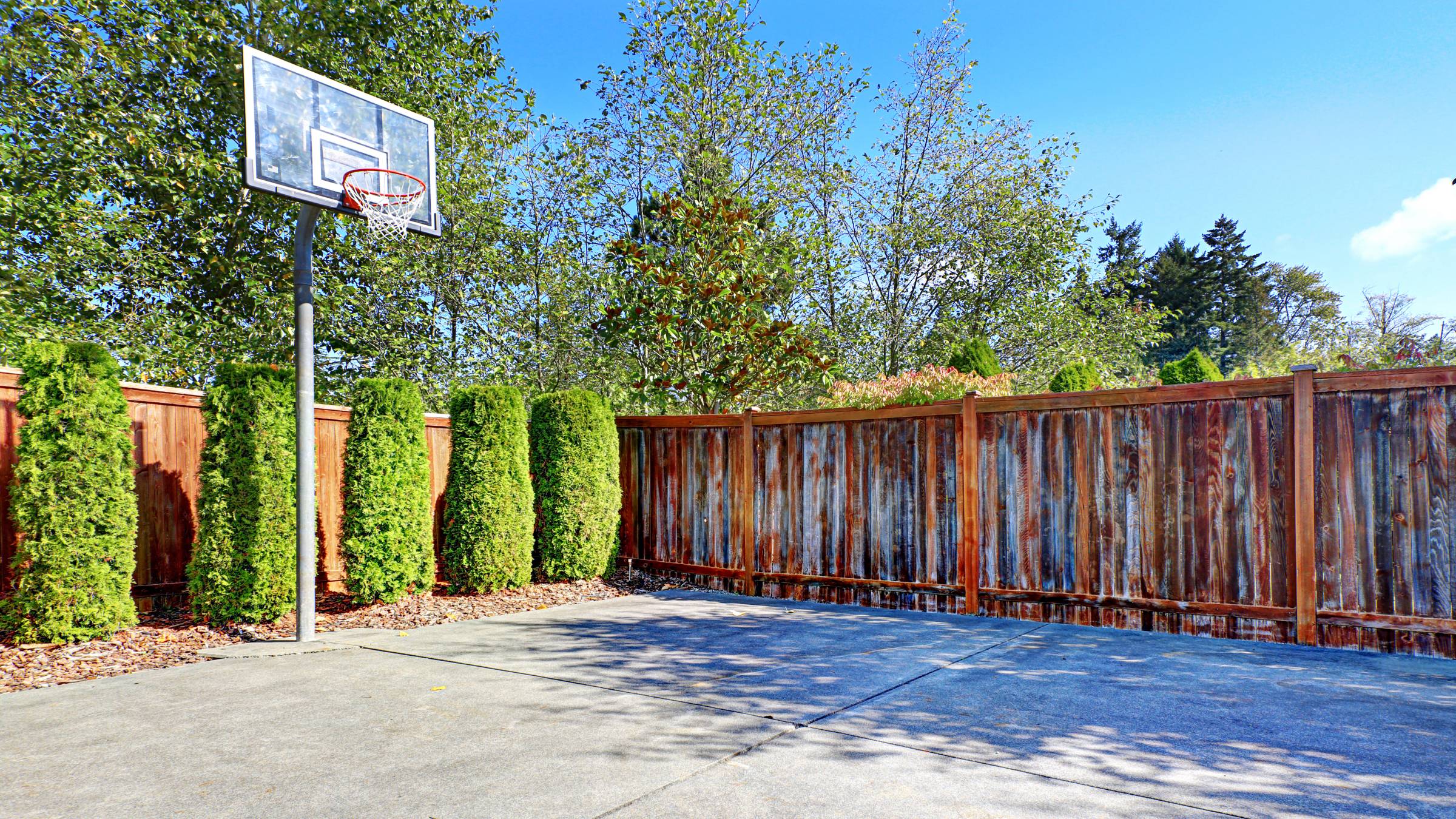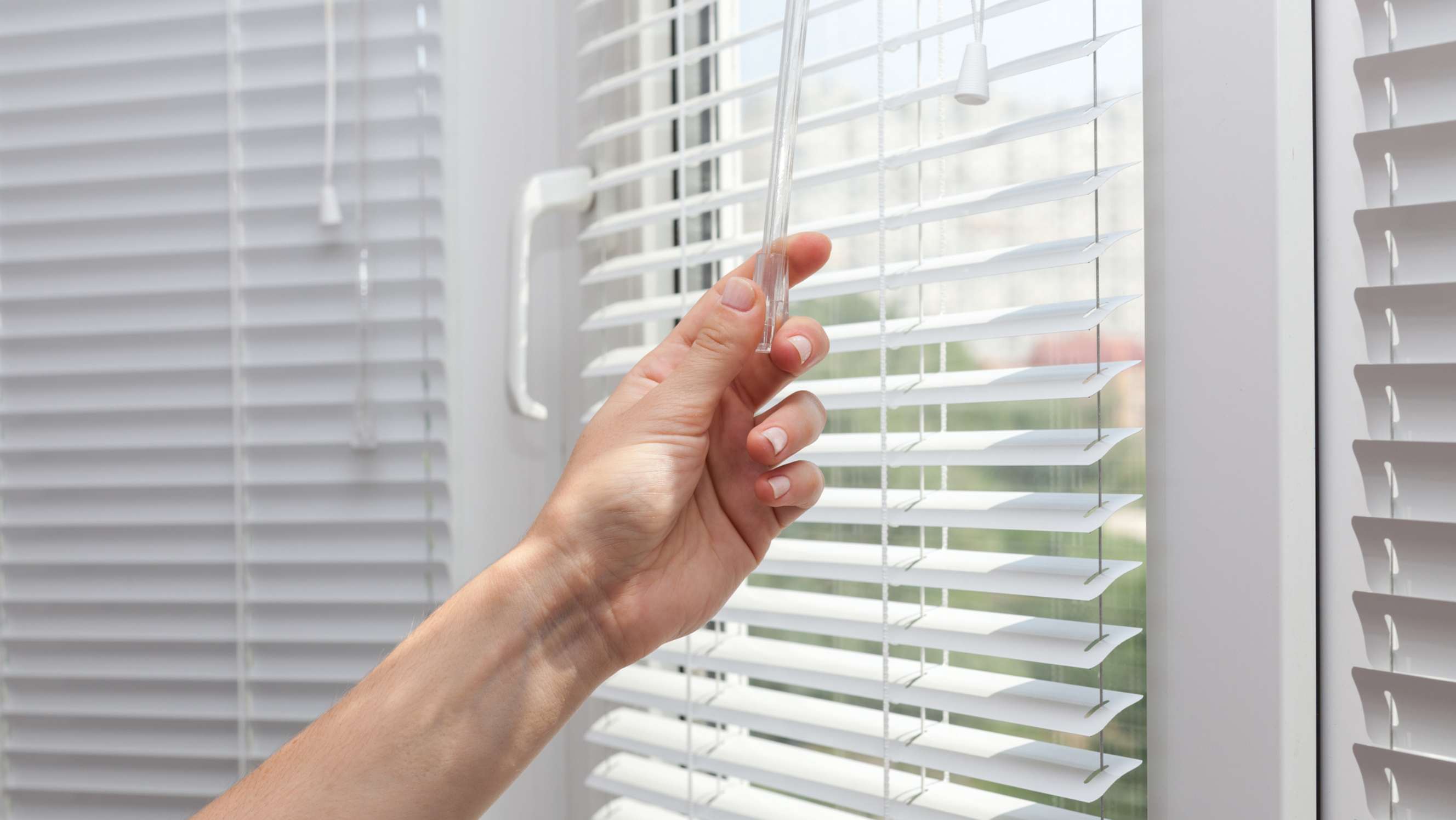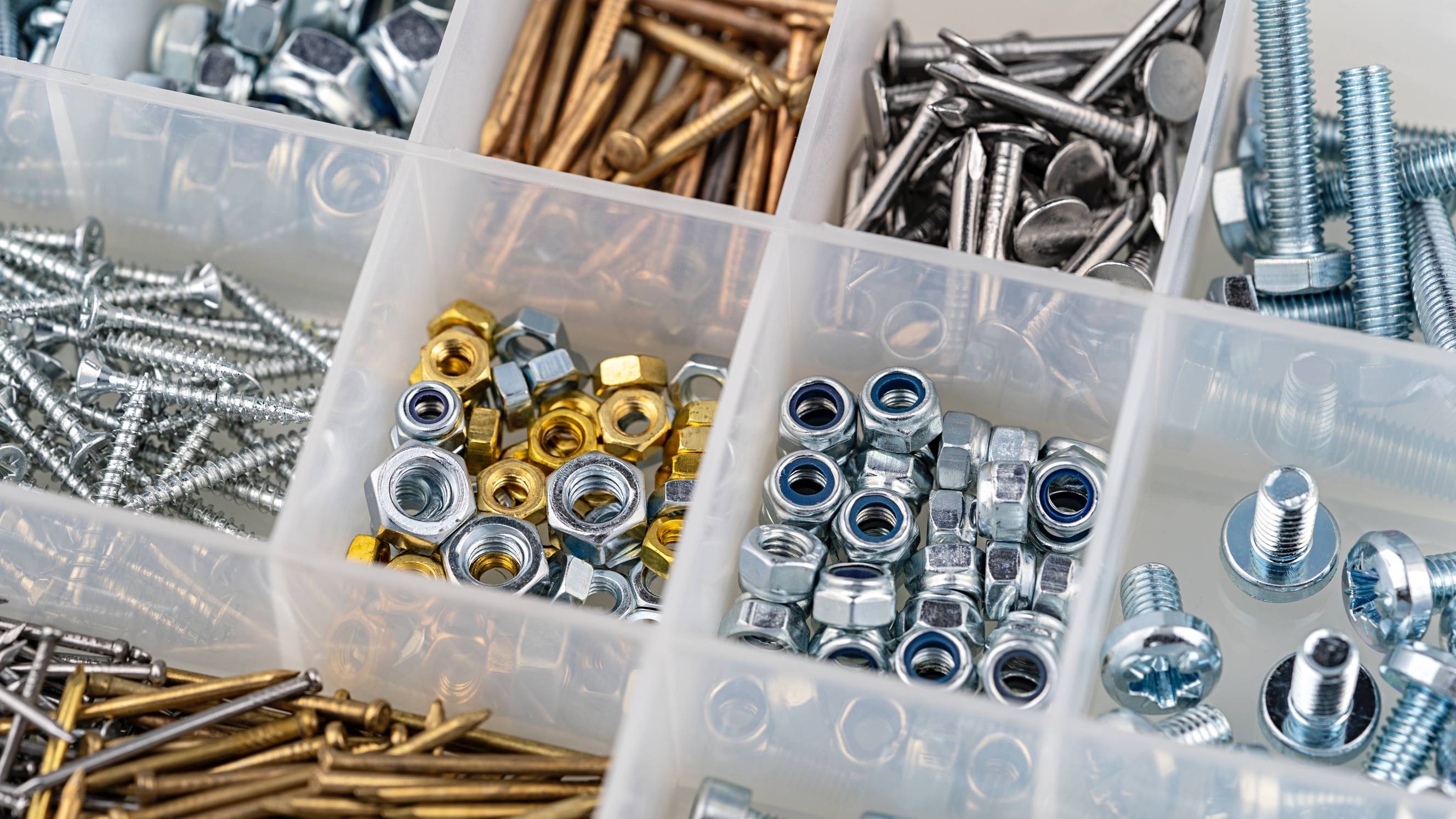- Home/
- Comparisons/
- Assembly/
- Spanner vs Wrench
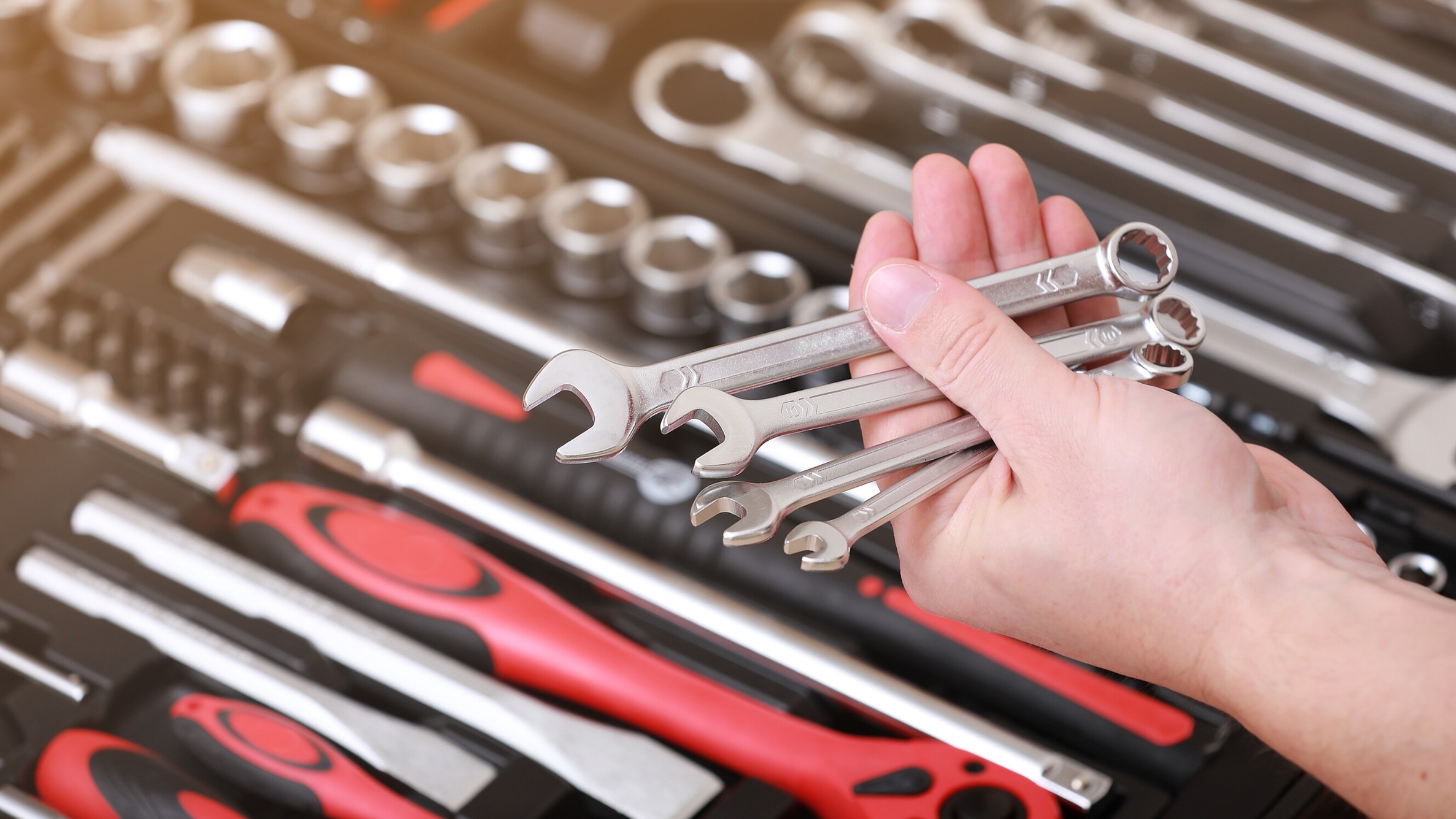
Spanner vs wrench: Which hand tool should you use?
Comparing spanners and wrenches based on jaw shape, project versatility, and more.
Hire an assembly proLast Updated on
Key Facts
- A spanner is a fixed adjustment tool often used to turn nuts and bolts.
- A wrench is a non-fixed adjustment tool typically with a mechanism to move the lower jaw to modify its size.
Hand tools are a must in every home’s toolbox. But when you visit your local hardware store, there are rows upon rows of tools of various sizes and purposes. So what gives?
In this guide, we’ll examine two of the most common hand tools and discuss which is better for your at-home needs: spanner vs wrench.
What is a spanner?
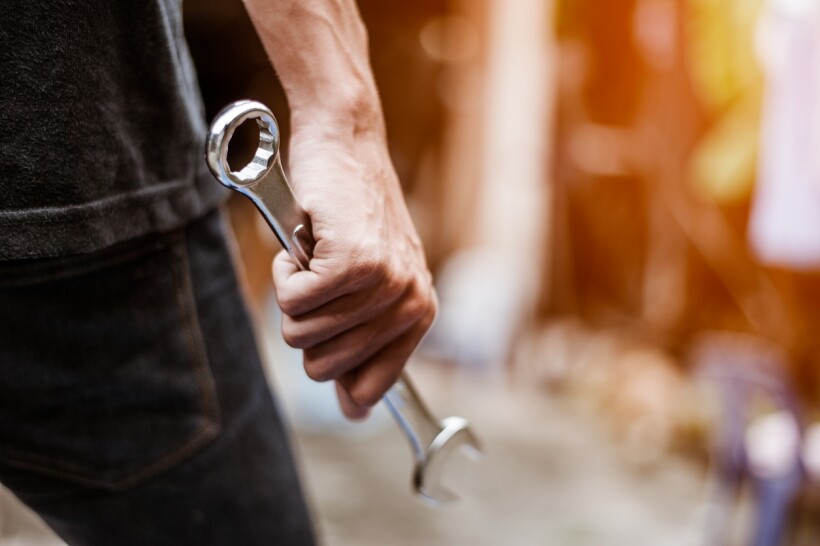
A spanner is used for tightening or loosening nuts and bolts. It’s a fixed tool, so different types of spanners are suited for a specific purpose. Likewise, each type comes in varying sizes to fit the many types of nuts and bolts available.
What is a wrench?
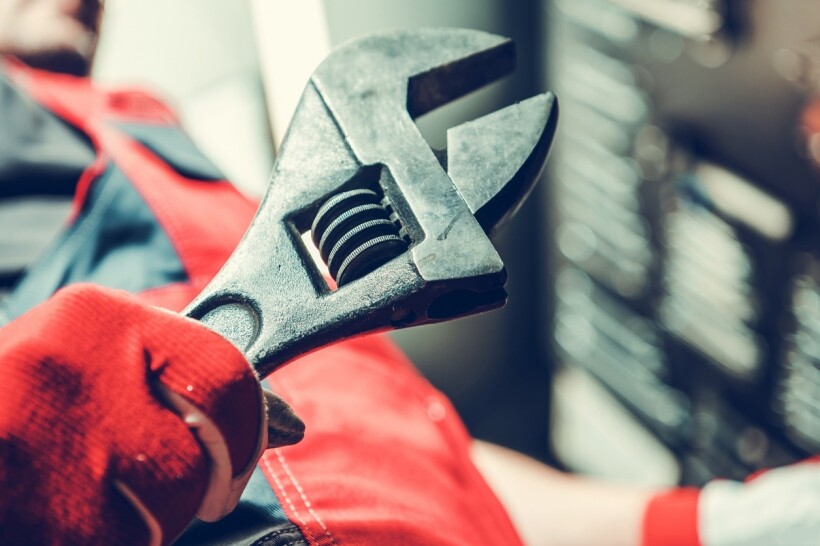
A wrench, on the other hand, is also a tool for tightening or loosening but has the added mechanism of being able to adjust its jaw size. This allows it to have a broader range of fitment with nuts and bolts with just a single tool.
Wrench vs spanner: Which hand tool is more ideal to use?
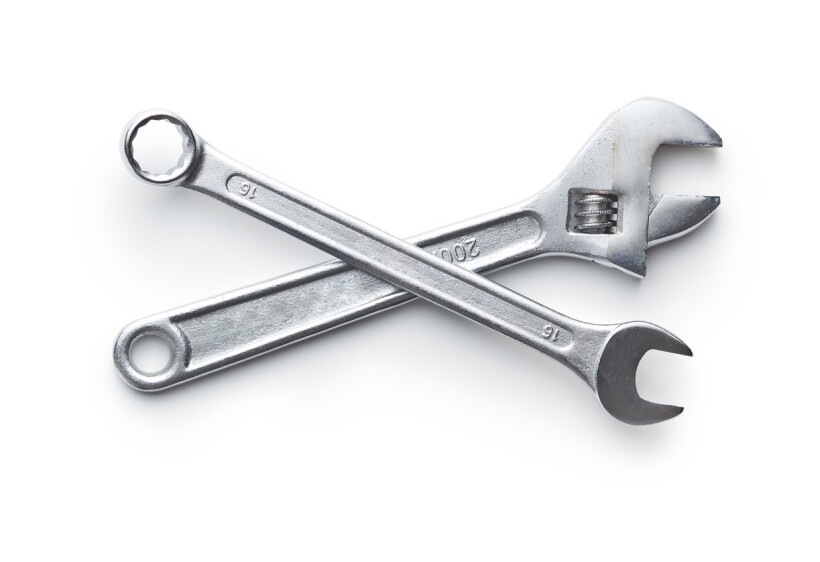
Ideally, a good toolbox would have a spanner and a wrench. Both allow you to work on an assembly project without improvising. However, not everyone has the budget or home space to have every wrench or spanner available.
Instead, the following section will explain the difference between a spanner and a wrench so that anyone aspiring to do a home project or considering the costs of furniture assembly can make informed decisions about which tool to buy.
In terms of jaw shape
There are two main types of spanners: single-end (one jaw) and double-end (two jaws). Double-end spanners can also have a U-shaped jaw on one end and a ring on the other (called combination spanners). These three are all you need for basic tasks like assembling a kid’s bike. There are other, more specialised spanners, but those are for trickier handyman jobs.
Wrenches have similar jaw shapes to spanners, such as U-shaped or sometimes box-shaped. The critical difference is that wrench jaws are adjustable.
In terms of grip
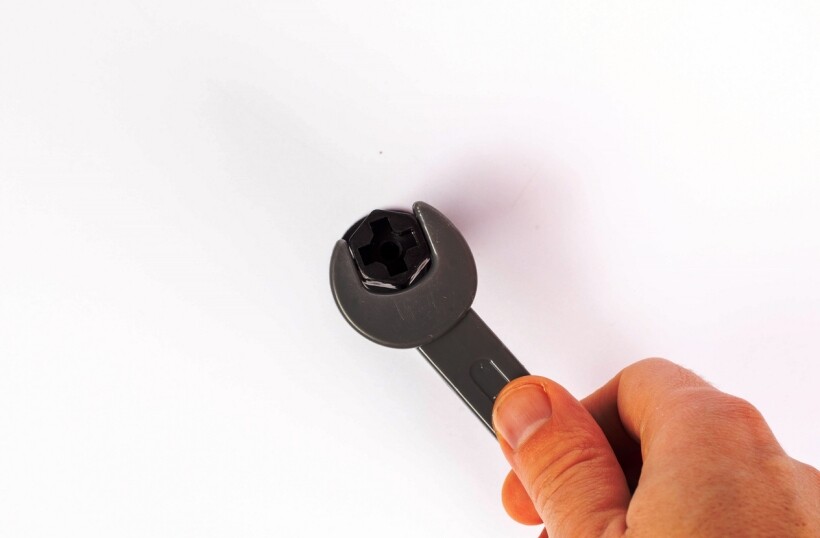
Spanners have pre-manufactured jaws for a specific bolt, nut, or pipe size. If it fits, you can be sure it grips. However, if the bolt is out of spec, the spanner may not be able to work either.
Wrenches have an advantage because of their adjustable jaw or head. They can adjust their jaw to fit if the bolt or nut is damaged or weathered. Quality wrenches also won’t have their jaws loose easily or have a locking mechanism involved to keep the grip consistent.
In another type of grip, wrench handles are often wider than spanners, allowing for better wrist ergonomics, as this study outlines.
In terms of size and weight
Spanners are ideal for home projects since they come in many sizes but stay light and easy to use. They might look thin, but they’re made of strong steel and won’t break easily.
Wrenches are adjustable for different sizes, but because of their moving parts, they’re bulkier and heavier. They’re also strong (often made of steel) but can be trickier to use in tight spaces.
In terms of assembly applications

The right tool for assembly and disassembly applications will depend on what you’ll use it for. If you’re setting up a new PC or building an exercise bike, a spanner would be better as you’ll likely only encounter one bolt size.
If you’re renovating a whole porch or re-piping a kitchen, which requires a host of nuts and bolts, then you’re better off carrying one relatively larger wrench than lugging around a box of spanners. This is more evident if the project is more extensive and needs different types of wrenches.
In terms of project versatility
Wrenches are great because they’re completely adjustable. This makes them more versatile than spanners, which come in specific sizes. While spanners have specialised uses, a single adjustable wrench can easily replace a whole box of spanners in a DIY setting.
In terms of cost
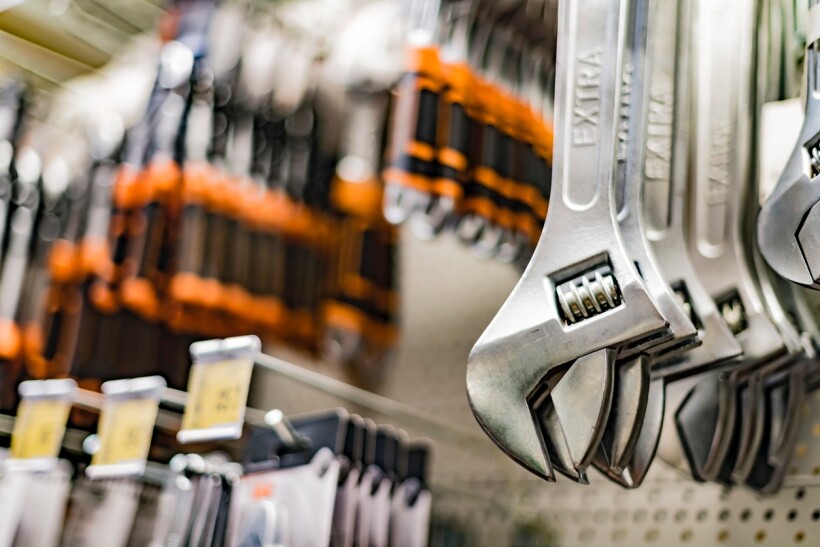
Single spanners are cheaper, costing as little as a few pence or quid, and boxed sets only cost a couple of pounds more.
On the other hand, an adjustable wrench can be a tad more expensive than a spanner. Quality wrenches can cost about £50, with more premium ones costing hundreds. However, the price does justify itself, as a single wrench can do the work of an entire box of spanners.
Harness professional expertise for your assembly project with Airtasker
Figuring out the appropriate hand tool for an assembly or renovation project can be confusing. It becomes even trickier if you’re unsure how to use them.
Instead, why not try Airtasker? You can easily connect with experts who can tackle any home improvement job, big or small, so you won’t have to do all the heavy lifting yourself.
Skip the tutorials and tick this off your to-do list by posting a task today!
Spanner vs wrench
| Spanner | Wrench | |
| Jaw Shape | Enclosed ring | Boxed-shape |
| Grip | Fixed ring | Adjustable |
| Size and weight | Lighter, smaller, and thinner | Bulkier and heavier |
| Assembly Applications | Ideal for small or simple assembly tasks | Perfect for heavy-duty and complex assemblies |
| Project Versatility | Limited to how many and what type of spanner you own | One wrench can do the work of multiple spanners |
| Cost | Cheaper if you buy in singles | Costs more, but can also do more assemblies for less |
FAQs on spanners vs wrenches
A torque wrench precisely measures and applies a specific amount of turning force to tighten nuts, bolts, or screws. It’s essential for jobs requiring exact torque, like car tyre lugs or plumbing connections.
Of course! A wrench can be used as a spanner and vice versa, as they both use the same method of operation to tighten and loosen nuts and bolts.
Spanners are generally designed to be smaller with a fixed jaw size, making them the perfect tool for tighter workspaces.
Find assembly service, fast
Post a task
Related articles
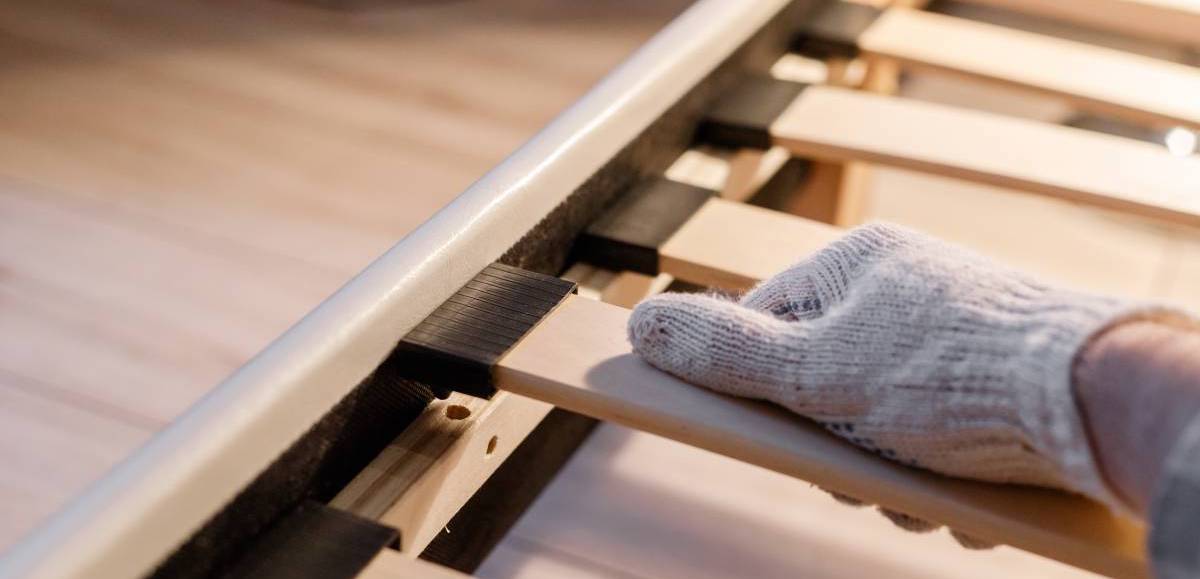
5 Steps to disassemble a bed frame
Read more
